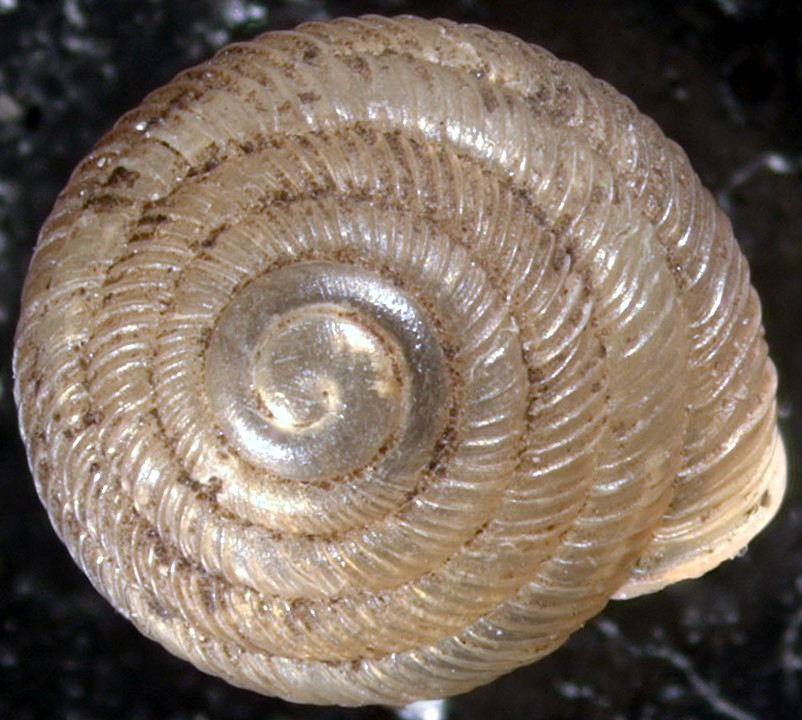
Reproduction
Strobilops labyrinthicus is a very understudied snail. Its specific reproduction has not been studied thoroughly, but reproduction from other related organisms has been studied. This information is an educated guess as to how this snail reproduces. The following information is about how typical Pulmonates reproduce.
Pulmonates are hermaphroditic snails. They have a hermaphroditic gonad which is an organ that produces both egg cells and sperm cells. Even though these snails are hermaphroditic they still cross fertilize. This is because sperm cells develop before the egg cells. When reproduction takes place only one of the gametes is available. Because of this cross fertilization is the only way to produce young (Nordsieck, 2010). Because of this, cross fertilization is the only way to pass genetic information to the next generation.
In terrestrial pulmonate snails, sperm cells are transferred in a specially built sperm packet, the spermatophore. Copulation not only takes place mutually, but can also take place at the same time (Nordsieck, 2010). Since these snails are hermaphroditic they can cross fertilize or just one can fertilize the other.
Once the eggs are fertilized there are two different routes that can be taken . The snail can lay eggs, or the snail can give live birth to its juveniles. In terrestrial gastropods live birth is very common. The eggs hatch inside of the mothers body and juveniles emerge (Nordsieck, 2010). Because the juveniles emerge from the mother this is considered live birth. There may also be eggs laid outside of the body in the soil or under decomposing plant materials (Nordsieck, 2010). Since juveniles hatch from the eggs their development is direct. They are a miniature version of the adult.
Reproduction probably happens at night or during a time of high humidity (Archerd, 2008). This is because these snails need to be in humid areas to retain as much water as possible.
What are some facts about this snail? Facts
